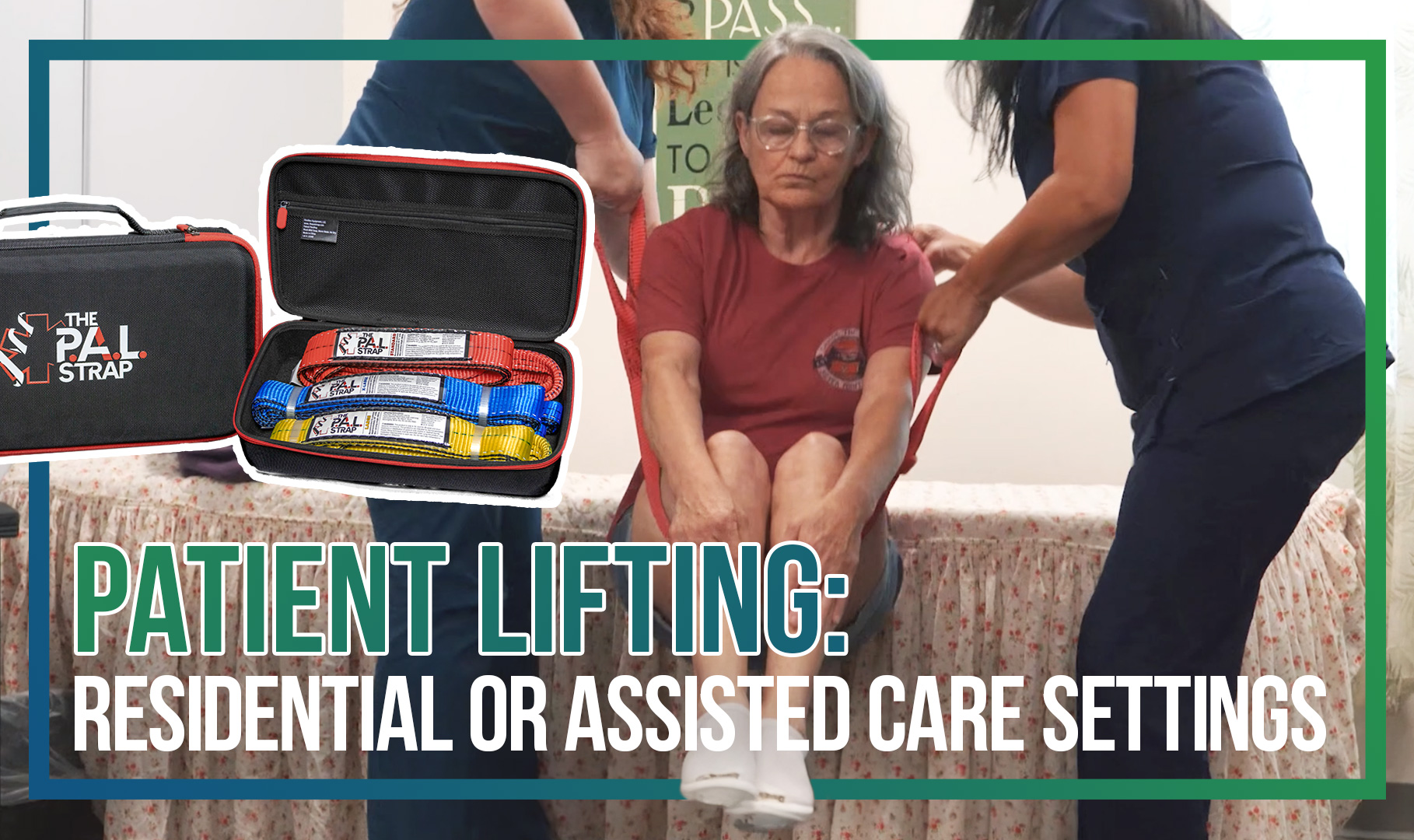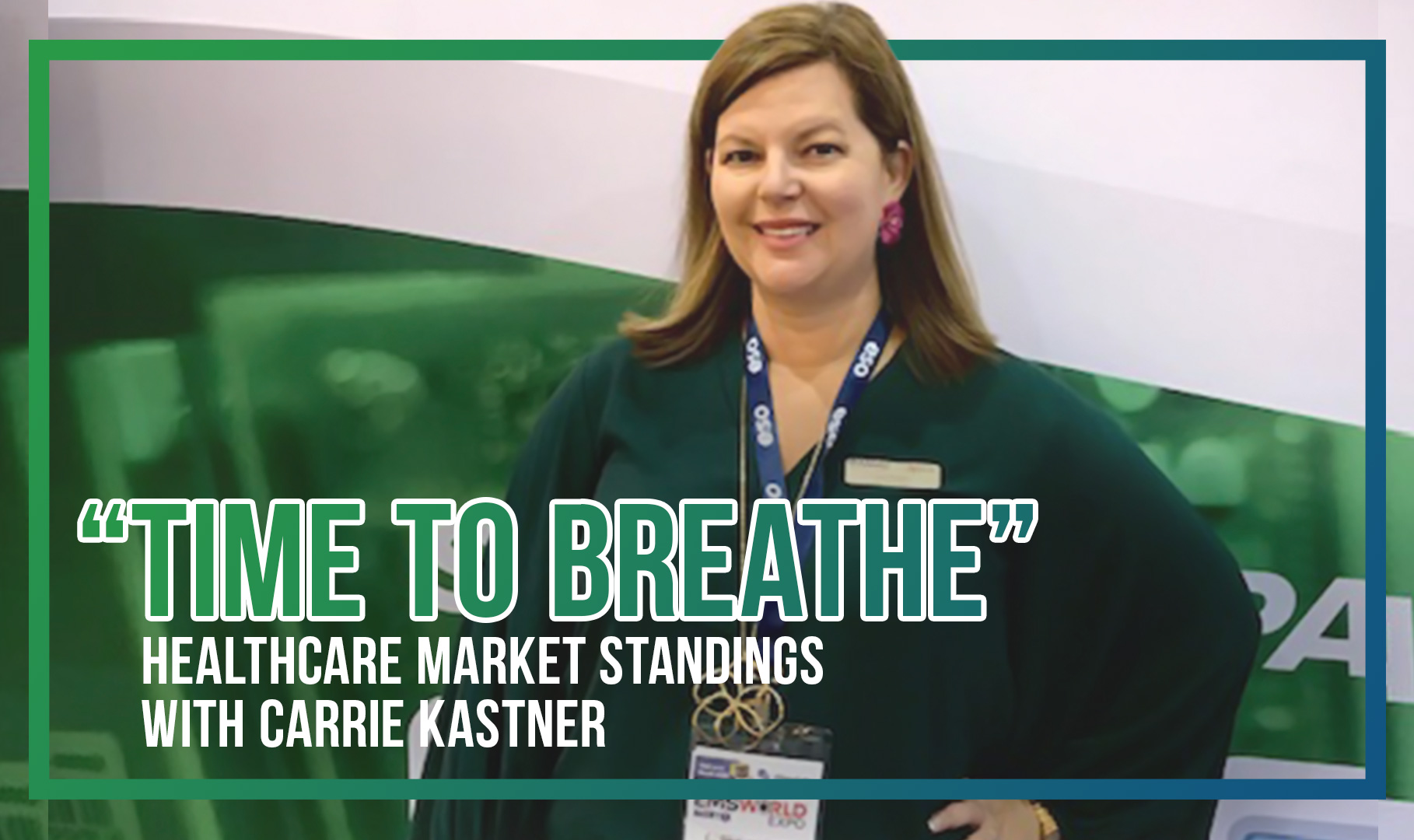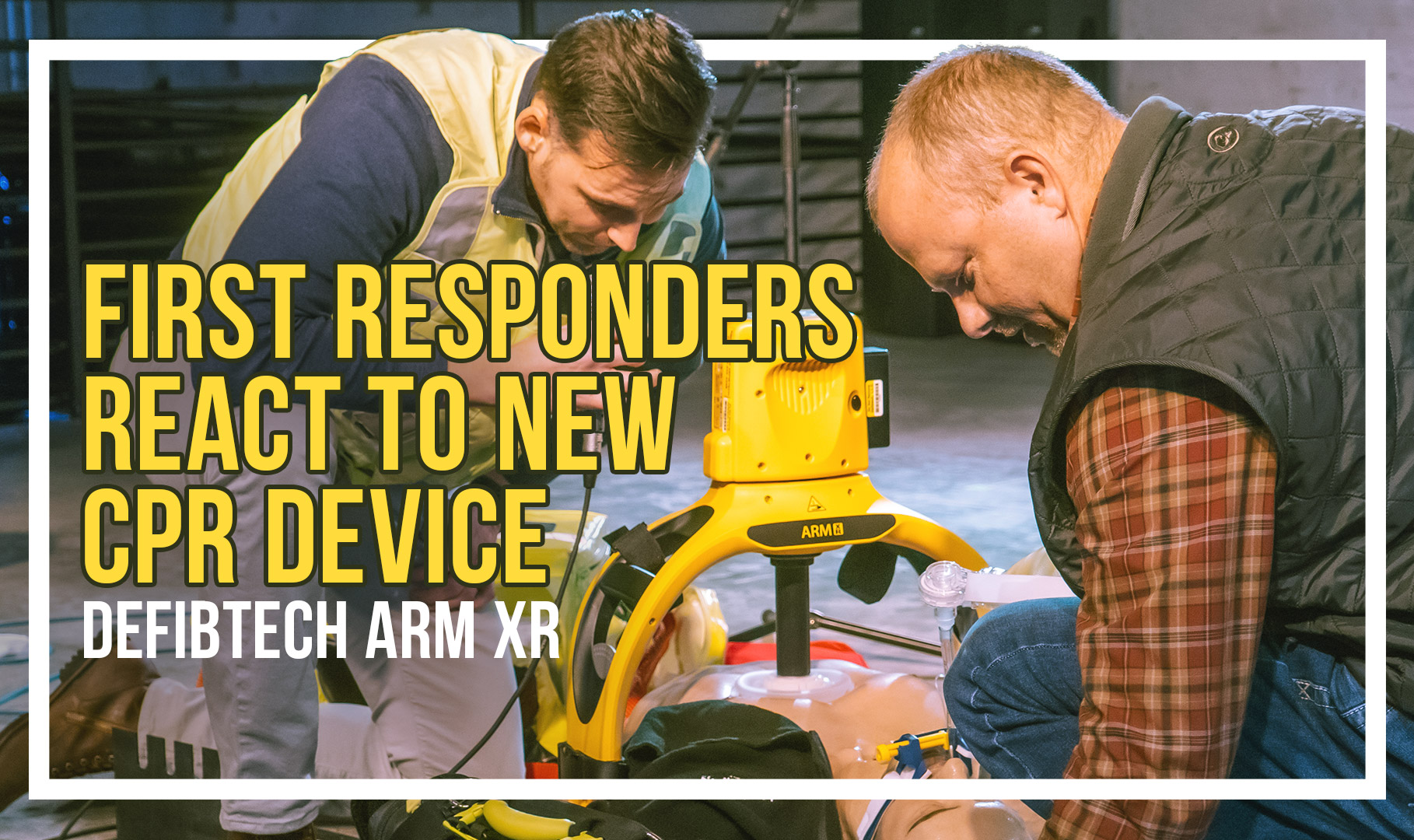

Q: What are some challenges or complications that come along with performing manual chest compressions over an extended period of time?
Trent: Challenges with manual chest compressions include responder fatigue, responder safety if in a moving unit, and inconsistent rate/depth.
Nathan: If there’s only one provider in the back of the unit, Chest compression fraction (CCF) goes down. Decrease in CCF translates into poor patient outcomes.
Q: Have you used chest compression devices in the field, and how did they affect your ability to deliver patient care?
Trent: I have not. Unfortunately we do not use them at the service I work at.
Nathan: I have used them and I was able to manage patient medication and patient defibrillation without interruption of the CCF.
Q: In your opinion, what’s the biggest advantage of using an automated chest compression device in emergency situations?
Trent: Automated Chest Compression devices allow the responder to focus on other issues and not have to worry about the effectiveness of compressions.
Nathan: Chest compression devices decrease the stress and workload of providers. They also allow for fewer ambulances/fire trucks needed in response. This decreases demand on the service, reduces possible wrecks when responding to the scene, and saves money and time for the service.
Q: What types of first responders would benefit most by adding an automated chest compression device to their arsenal?
Trent: Anyone that might respond to a cardiac arrest. Certainly EMS and Fire services, however we do have automated compression devices with law enforcement agencies as well as in the industrial setting.
Nathan: We are seeing chest compression devices gain traction in EMS and Fire responses, but also in places like ski resorts, beach resorts, and other locations with a lengthy response time for emergency medical and first responders.
Q: What feedback or recommendations do you have for EMS organizations considering the purchase or implementation of automated chest compression devices?
Trent: When selecting a unit, do your homework. Look at all the options on the market and perform a non-biased analysis.
Nathan: I think each organization should take all variables when pricing a device. Compare it against their current cardiac arrest survival rates and logistical cost already associated with a cardiac response.
Q: How is the next-gen Defibtech ARM XR an improvement over other competitor devices?
Trent: Simple. The Defibtech ARM XR is lighter, has a longer battery life, is more cost-effective, and uses a gear-driven device versus belt-driven. Being gear-driven instead of belt-driven leads to fewer service/maintenance issues and less repair costs over the lifetime of the device.
Nathan: The ARM XR’s taller frame allows for more patients of all shapes and sizes. The XR is economical for budgets and can be used with a Ferno scoop board.
Q: What are some under-appreciated features about devices like the ARM XR that help emergency responders save time and effort in a crisis situation?
Trent: The ease of setup and deployment goes under the radar. Some folks are scared away because “we have never used those.” However, once they see the simplicity of the device, they are sold on it!
Nathan: EMS are always surprised by how easy the ARM XR is to deploy and how effectively it delivers quality compressions.
Q: How do you forsee the integration of automated chest compression devices into EMS toolkits and protocols in the future? (will these devices become more or less common?)
Trent: I do see automated CPR devices becoming the standard of care. Not only are they more beneficial to the patient, but they allow for fewer staff on an incident scene.
Nathan: CPR devices like the Defibtech XR will be the gold standard in cardiac arrest response. I foresee it being added into requirements for EPCR charting to decrease liabilities for departments.

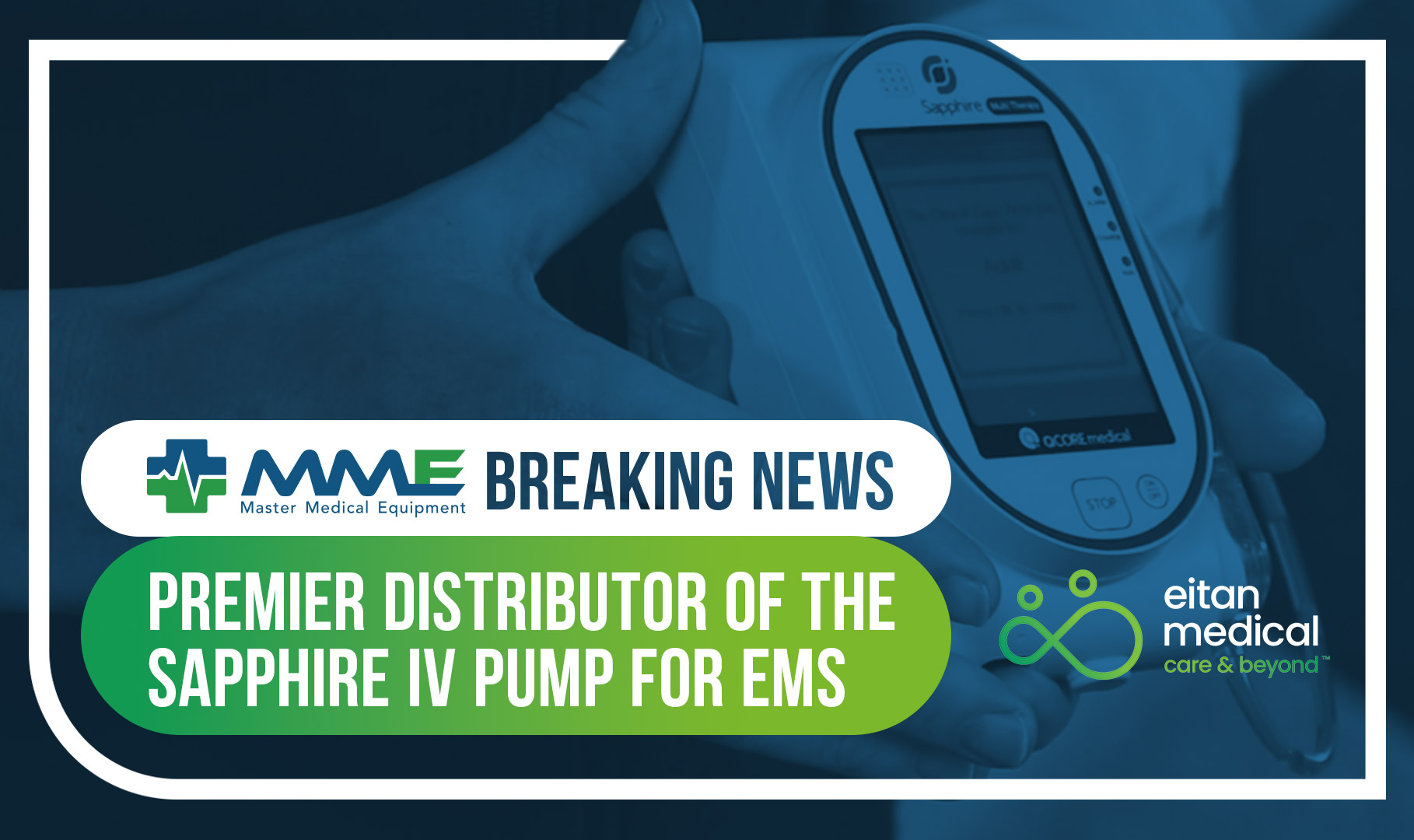
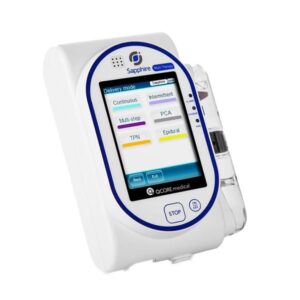
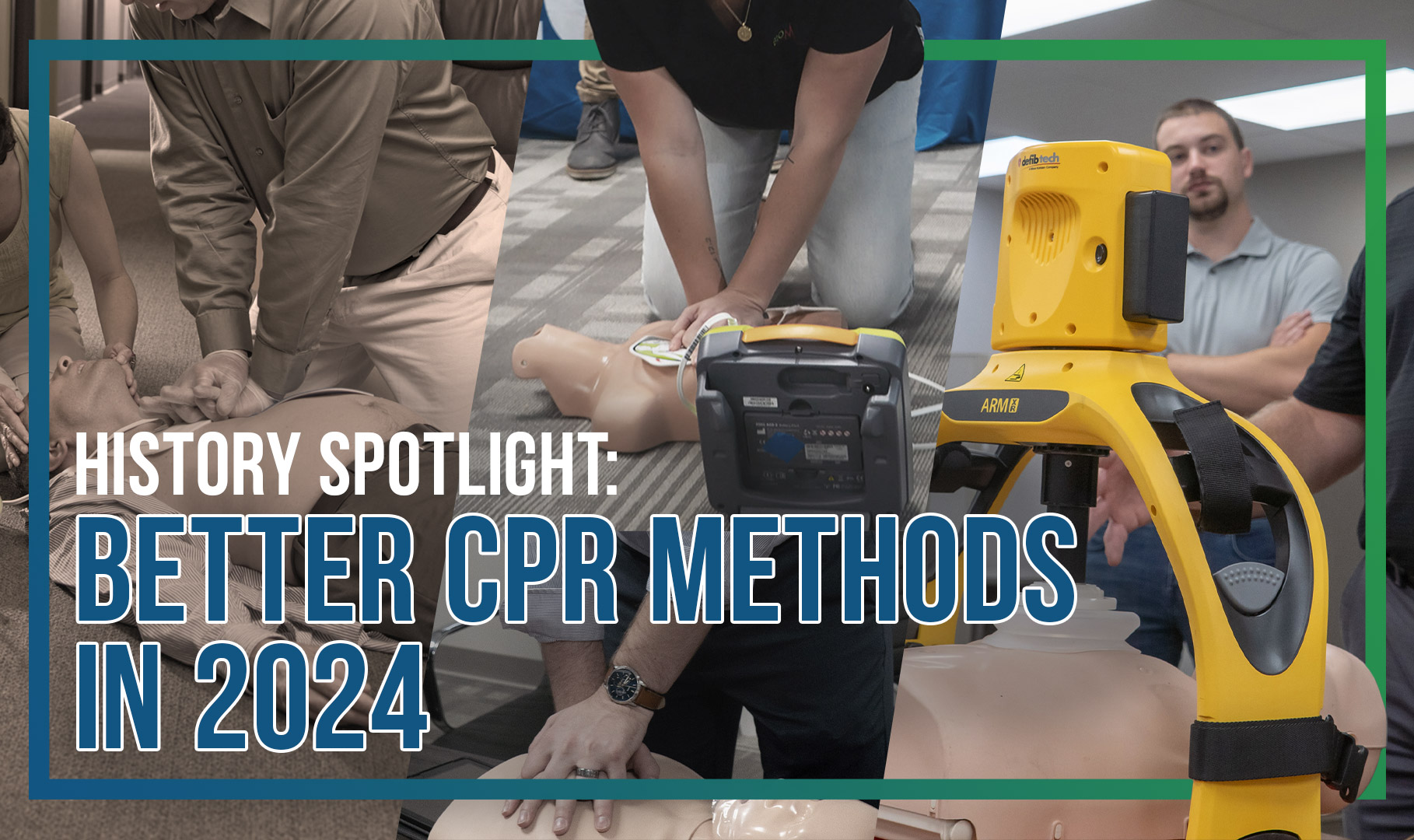
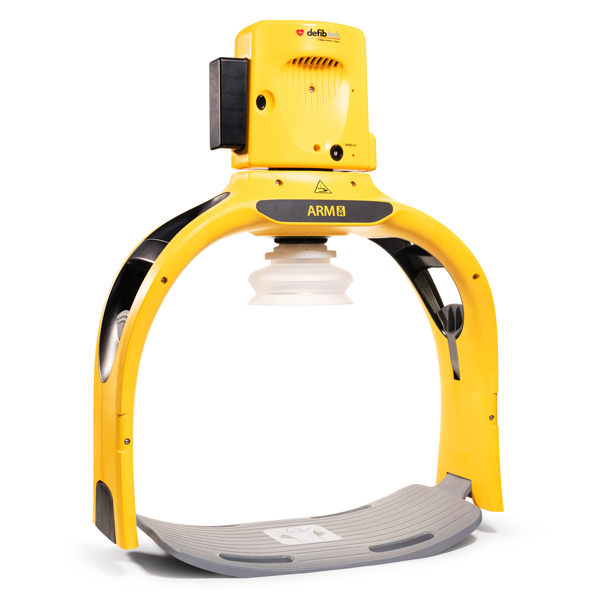
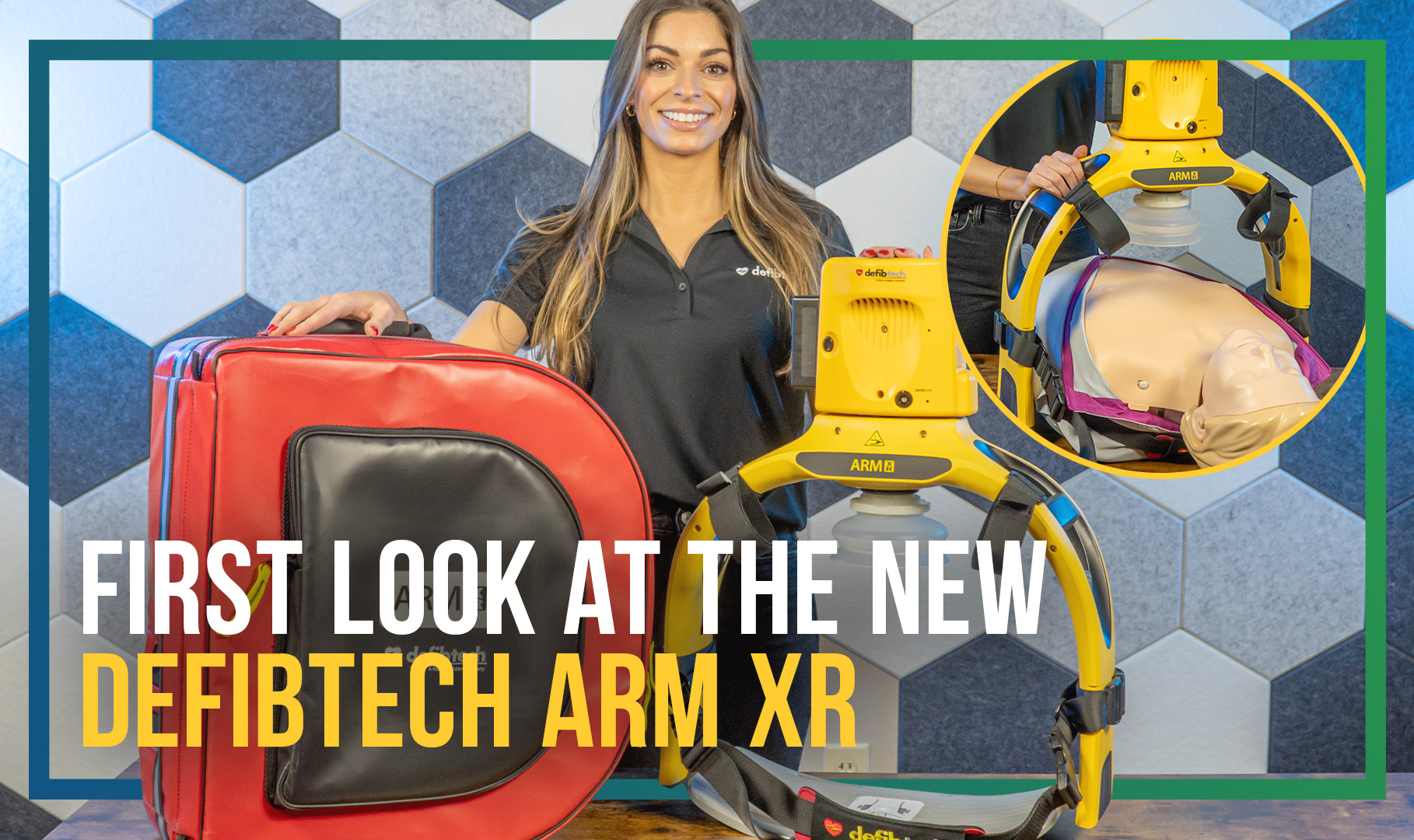
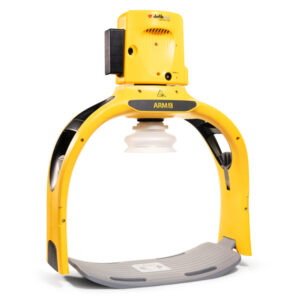
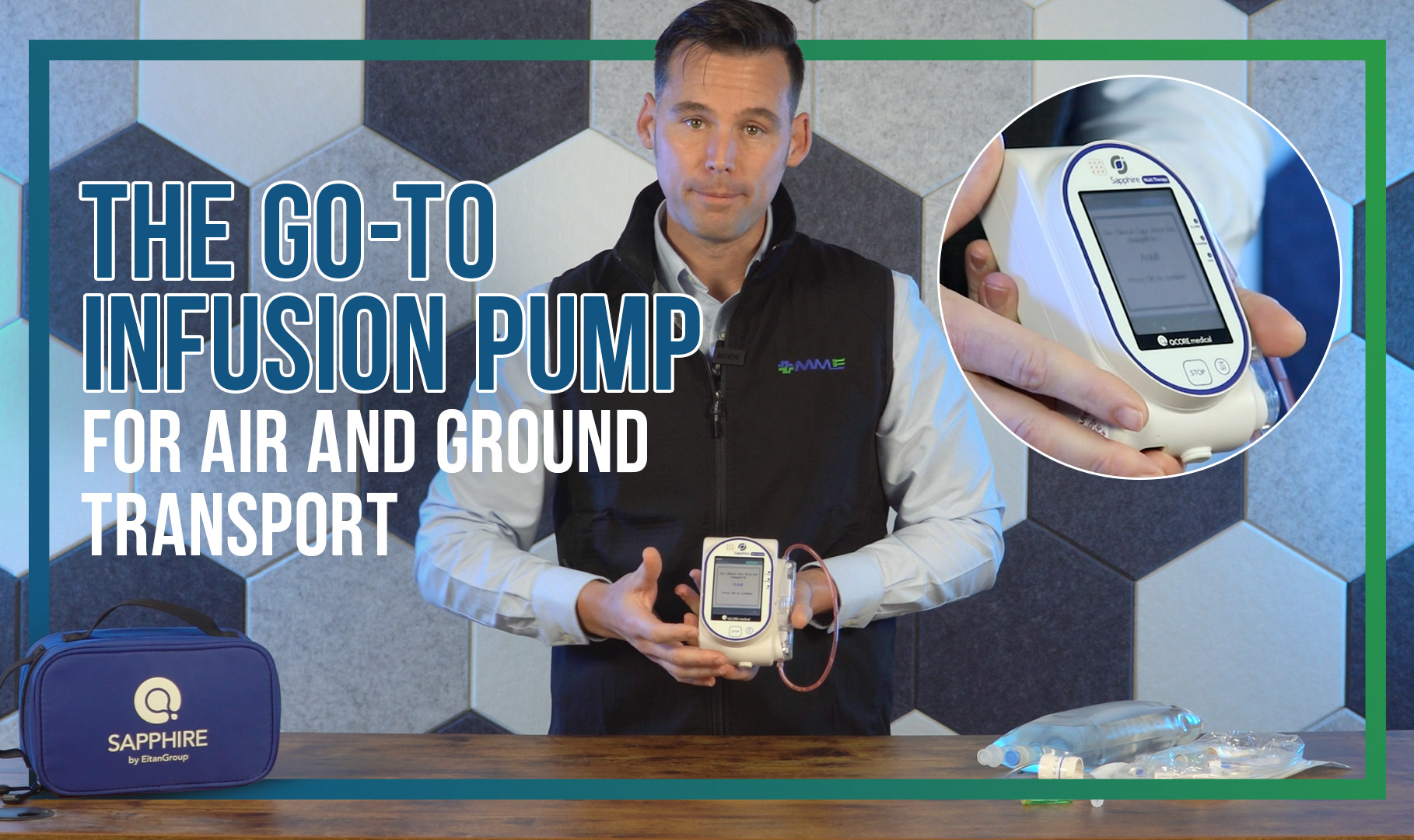
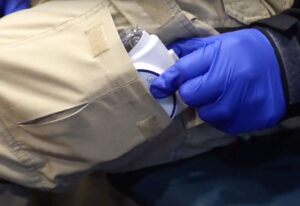 The Sapphire IV Pump is one of only two infusion pumps rated for transport. For both ground and air EMS, the Sapphire should be your go-to. Why? It’s not just small and compact; the sapphire infusion system is a lightweight powerhouse of accuracy and precision. No need for a bulky infusion pump; the Sapphire is your sleek, portable, and economical option.
The Sapphire IV Pump is one of only two infusion pumps rated for transport. For both ground and air EMS, the Sapphire should be your go-to. Why? It’s not just small and compact; the sapphire infusion system is a lightweight powerhouse of accuracy and precision. No need for a bulky infusion pump; the Sapphire is your sleek, portable, and economical option.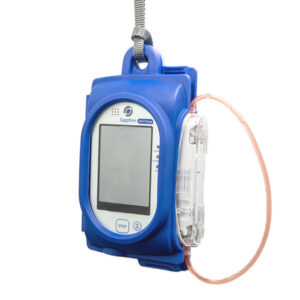
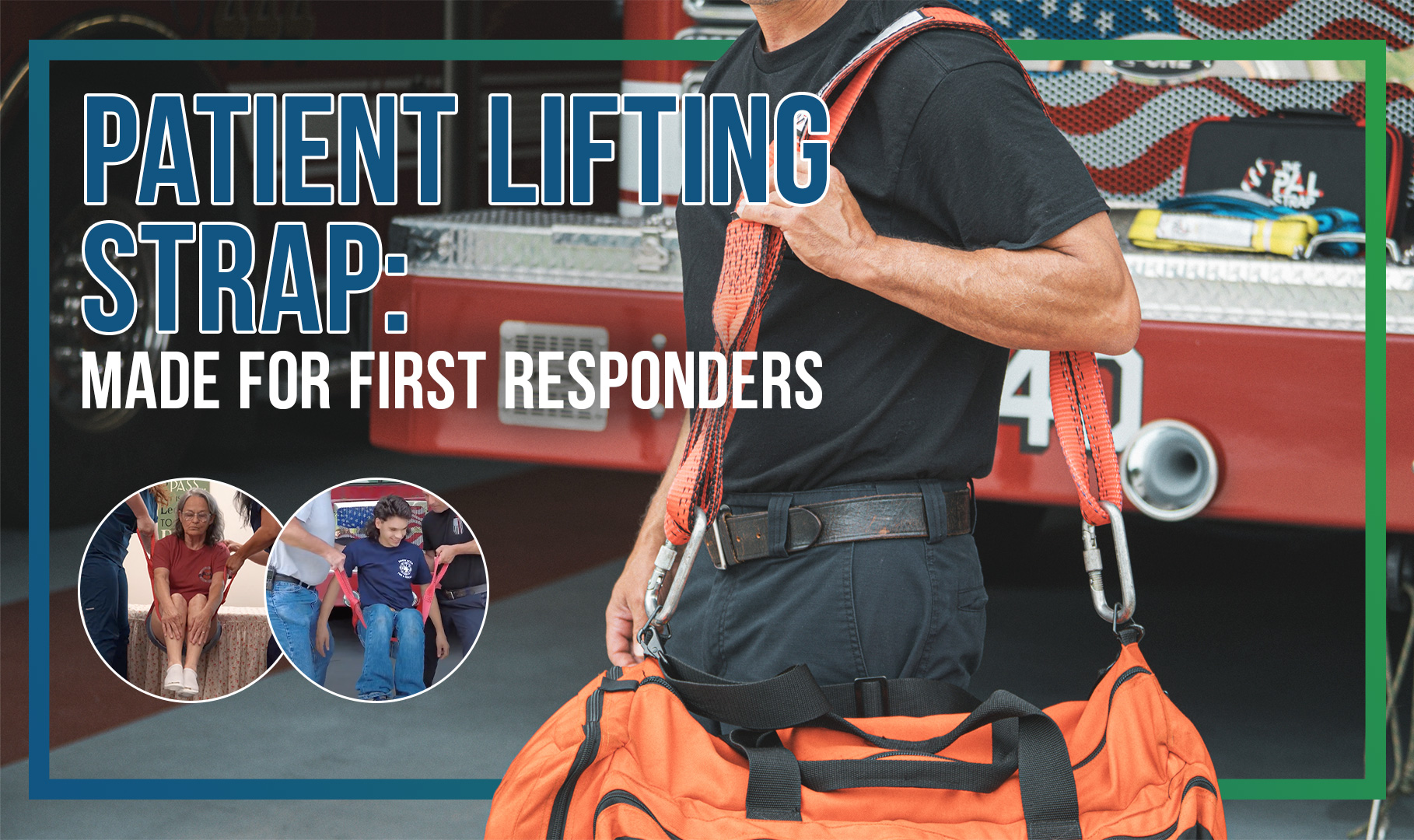
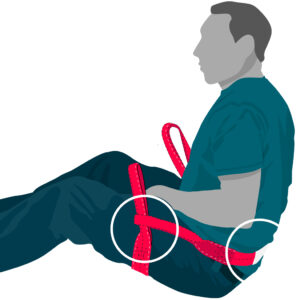 The PAL Strap is a simple, belt-like strap that goes under a patient’s legs and behind their back to form a stable basket with a lifting handle on each side. In addition to the lifting handles, the back strap offers reliable, easy purchase points, especially compared to bedsheets. Once assembled around the patient, EMS locks their front foot in front of the patient, creating a leverage point. Because of the weight distribution and the accessible lifting handles, assisting the patient to their feet from here takes a fraction the effort of other methods. With this approach, small responders can easily and safely lift much larger patients without fear of injury to themselves or the victim.
The PAL Strap is a simple, belt-like strap that goes under a patient’s legs and behind their back to form a stable basket with a lifting handle on each side. In addition to the lifting handles, the back strap offers reliable, easy purchase points, especially compared to bedsheets. Once assembled around the patient, EMS locks their front foot in front of the patient, creating a leverage point. Because of the weight distribution and the accessible lifting handles, assisting the patient to their feet from here takes a fraction the effort of other methods. With this approach, small responders can easily and safely lift much larger patients without fear of injury to themselves or the victim.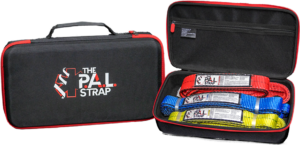 The PAL strap comes in a rugged kit with three sizes: Regular, Large, and X-Large. The regular strap (red) will be your primary strap, suitable to lift at least 90% of your patients. EMS have even started replacing their medical bag’s default strap with a red PAL strap and two carabiners, further improving the usefulness and utility of their bag and ensuring a lift-assist strap is with their go-bag at all times.
The PAL strap comes in a rugged kit with three sizes: Regular, Large, and X-Large. The regular strap (red) will be your primary strap, suitable to lift at least 90% of your patients. EMS have even started replacing their medical bag’s default strap with a red PAL strap and two carabiners, further improving the usefulness and utility of their bag and ensuring a lift-assist strap is with their go-bag at all times.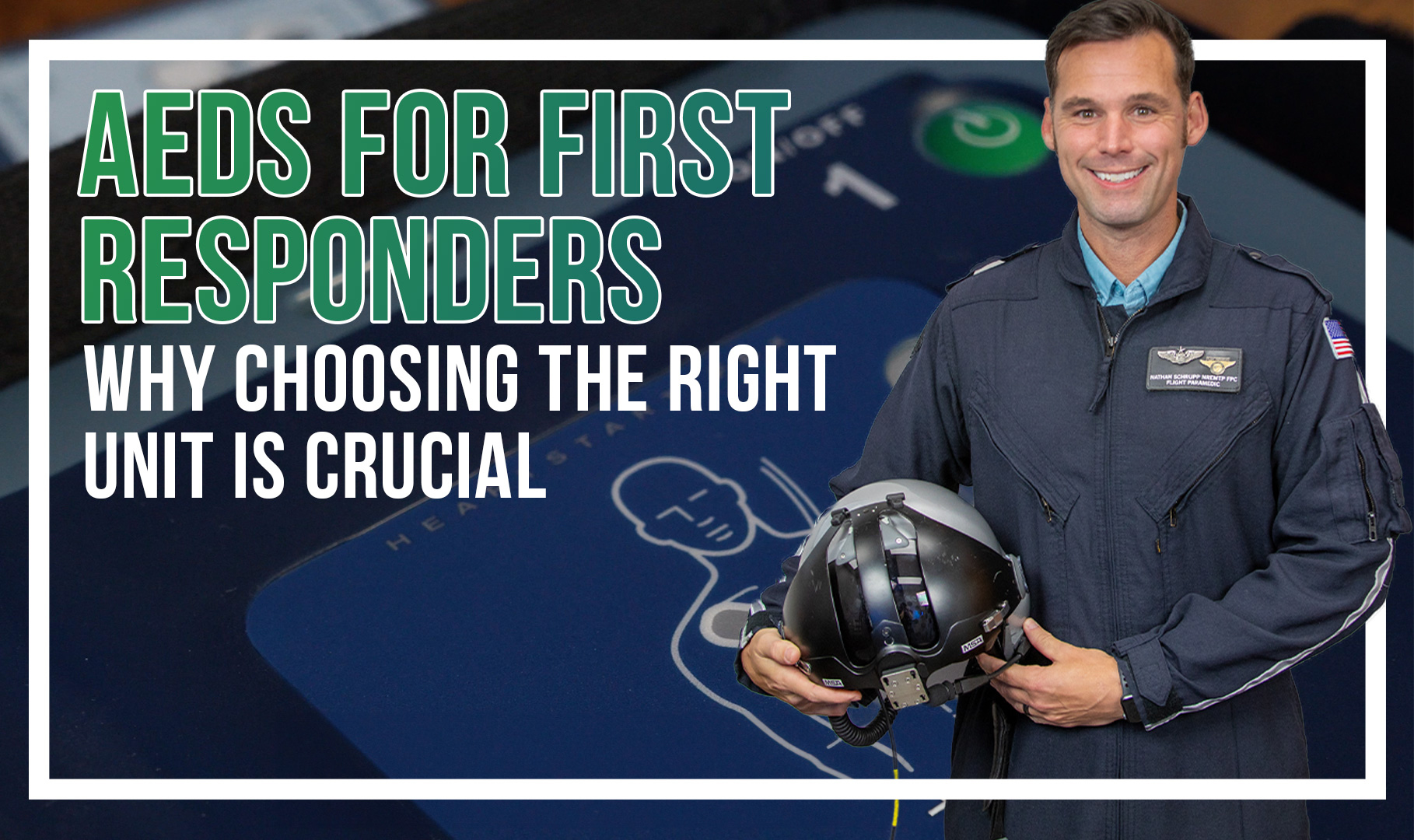
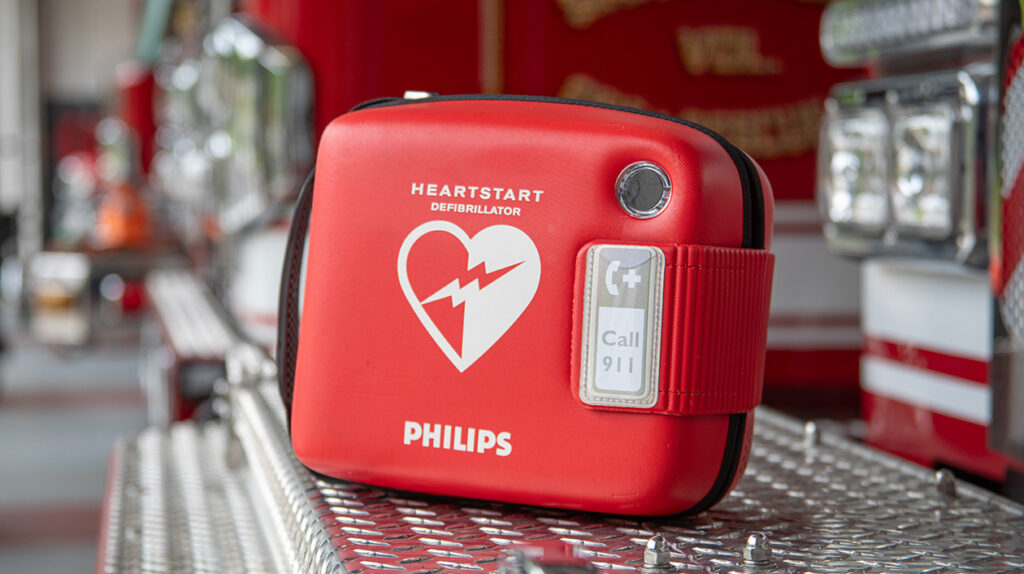
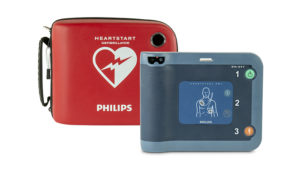
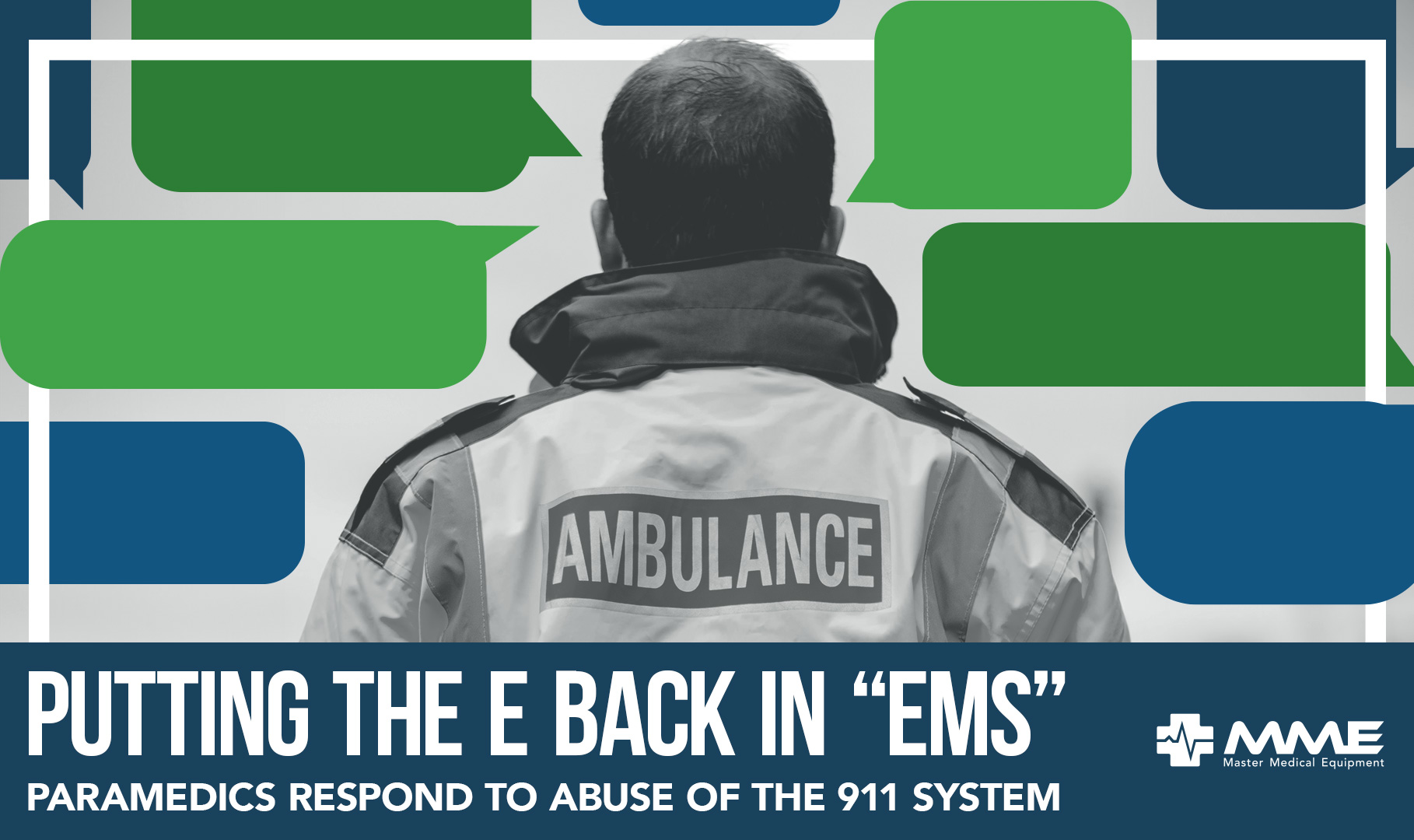

 Ambulances are often called to transport patients who aren’t experiencing a medical emergency or don’t need a hospital at all. Here’s what EMS professionals had to say about these transports:
Ambulances are often called to transport patients who aren’t experiencing a medical emergency or don’t need a hospital at all. Here’s what EMS professionals had to say about these transports: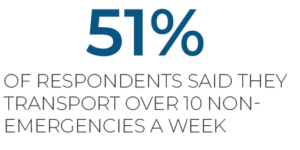
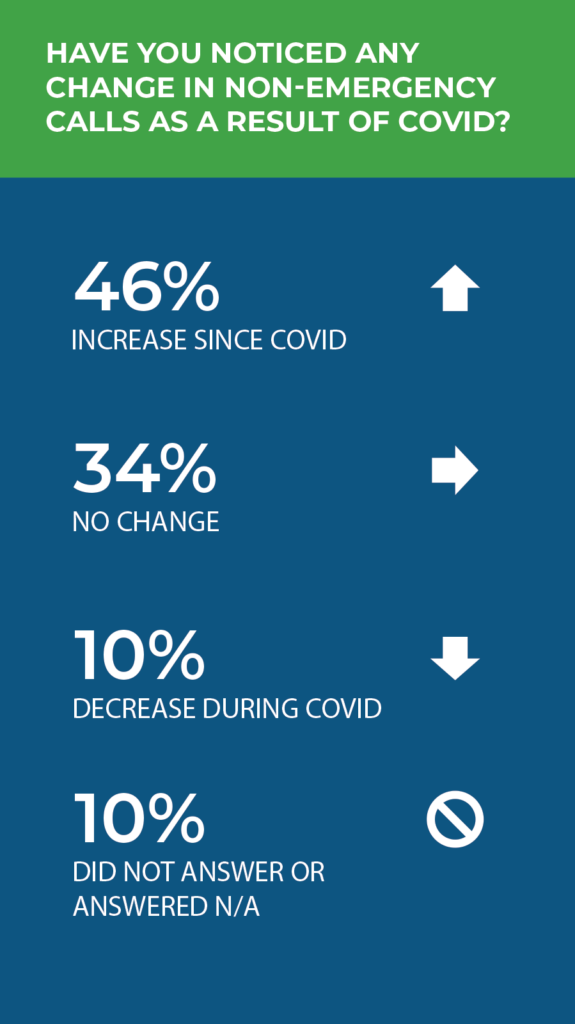

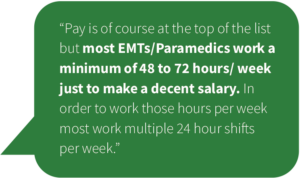
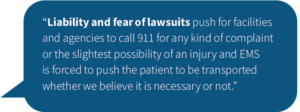 #08 Lack of Education & Training
#08 Lack of Education & Training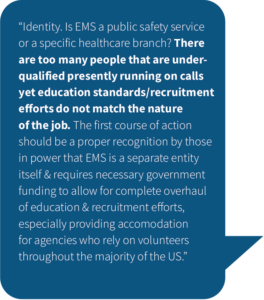
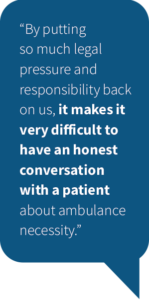

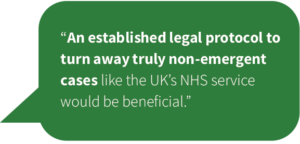
 Reach Out to Your Representatives
Reach Out to Your Representatives Advocate for Community Paramedicine
Advocate for Community Paramedicine
 Opportunities for Upward Mobility
Opportunities for Upward Mobility Public Relations Campaigns
Public Relations Campaigns